How Do You Start to Run?
The idea of running appeals to you. It seems like a terrific idea. People do it and they appear to be having fun.
But to actually start running – from sitting in front of this screen to actually being out there running – how do you do that?
It doesn’t matter whether you’ve never laced on a pair of running shoes or you’ve been doing this for 35 years and you’re coming back from injury, it’s all the same if you’re starting at zero.
How do you start to run – how do you actually make it happen – so that you get going and stay going?
The two big keys to starting to run and to staying with it are the physical (the running) and the mental (the thinking about it).
Let’s start with the physical.
Because it’s easy.
Easy?
Easy. Just Stick with the Fundamentals…
Start slowly.
Don’t do too much too fast.
Once again, the fundamentals:
Start slowly.
Don’t do too much too fast.
Start Slowly – On Your Own…
The best way to start slowly is to walk.
I’m all for economy, so take your favorite comfortable running shoes for a walk. That’s it.
Do that three or four days a week for a couple of weeks.
Then gradually increase your mileage while adding in a little bit of running.
The general rule is to never increase your total weekly distance by more than 10% per week. If you feel any discomfort, back off the mileage to something more comfortable and stay there until your body tells you it’s okay to move on.
And your running career has officially (re)started.
…Or Get With a Program
I’m not much for canned programs.
But having been injured one time too many by not being psychologically smart enough to follow the “don’t do too much too fast rule”, I’m a convert.
After your first couple of weeks, depending on how you feel, you’re probably at the point where you’re ready to step into the preamble to a half-marathon or marathon program.
I can sense the resistance. “Oh no…I’m not a marathoner. I couldn’t do that. I just want to, you know, get in shape.”
And that’s fine. Own it. Take a deep breath.
Because I’m not talking about the marathon programs themselves. Yet.
I’m talking about a conditioning program for those programs. Like a prerequisite for a course.
An appetizer before the main.
The warm-up act.
The Program
In my estimation, there are few better programs available than Jeff Galloway’s eight-week conditioning program.
Jeff Galloway has been doing this for years. I have one of his original running books (from his long-hair and bushy beard days) and I followed his advice successfully, again, for years.
It was when I went off-book, started freestyling, that I ran into troubles.
At that time he hadn’t yet developed this low-stress, running and walking system for people starting out, or recovering from injury, or wanting to set a personal best.
Which makes this conditioning program noteworthy.
I’ve included it here in its entirety because it’s easy, it doesn’t take an enormous amount of time, it will keep you injury free, it’s for runners and walkers, and it builds a little bit of a habit to help you keep on keeping on.
So Many Good Reasons (to do this)
Reason #1 – You don’t have to make up what you’re going to do every day (i.e., you don’t have to freestyle).
Reason #2 – It’s crafty. It doesn’t get you doing too much too fast, but because you’re doing a lot of (lower-stress) walking, you’re building a good base for bigger mileage to come. It gets you going farther than you might otherwise be able to do safely. Crafty.
Reason #3 – You get every Friday (and Sunday if you like) off.
Reason #4 – At Week-8 levels of fitness (it might take you longer than 8 weeks to get there comfortably, but that’s fine) you’re never out walking or run/walking for much more than a half an hour a day. Not a bad investment to be, at the end of it, ready for a marathon or half marathon training program.
Reason #5 – It introduces you to run/walking, which will be the smartest investment – in terms of injury free running – you’ll make in your running career.
Listen to Your Body
If you get hurt, stop.
If you feel any discomfort, back off the mileage and spend a little time at a comfortable run/walk ratio level. Jeff notes that if you need several weeks at each run/walk ratio level, take it. He says that this pre-conditioning training should not be stressful or painful. So when in doubt, ease off.
Contrary to urban myth, there’s no need for pain in order to have gain.
For the Impatient…
If you’re worried it might take 8 or more weeks to get marathon- or half-marathon-training-ready, consider this. A rational training program to build to a half or marathon typically takes 30 – 32 weeks from a running start. Taking 8 weeks – two months – to get you safely to that running start isn’t that much of a give in the grand scheme.
The quickest way to injury is to ask your body to do something it isn’t ready for.
So, the idea is, as you know:
Start slowly, and
Don’t do too much too fast.
You’re Closer than You Think
Eight to ten weeks (give or take).
How does that appeal to you?
If you have some experience getting started, or other ideas you want to share, please let me know in the comments section below.
Love to hear from you.
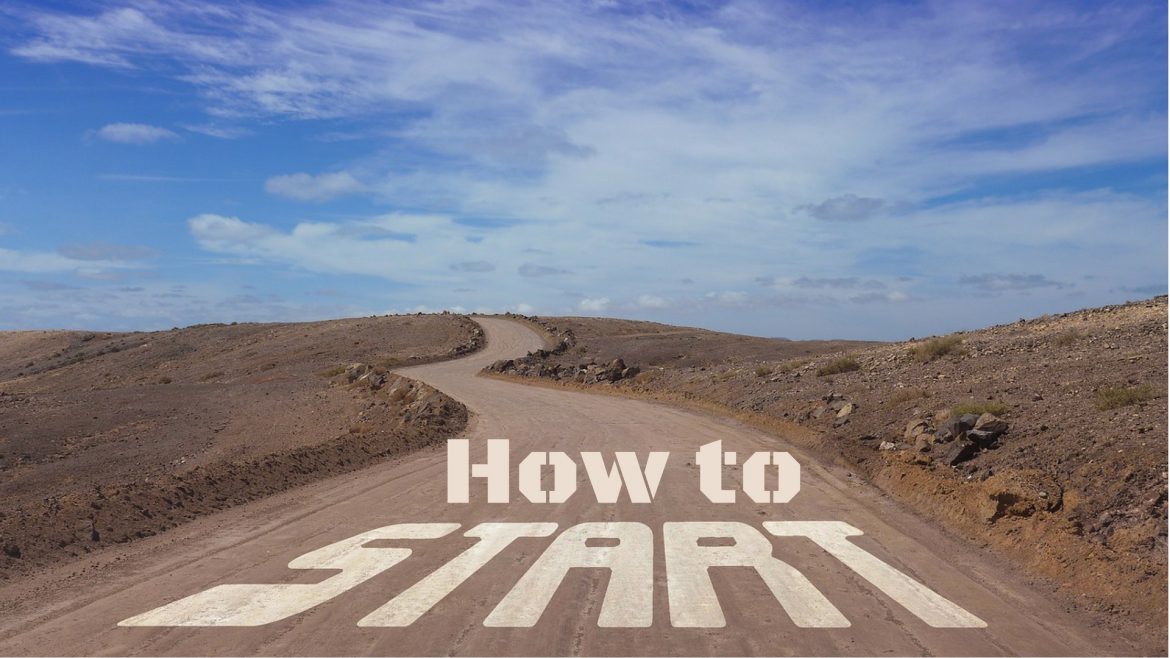



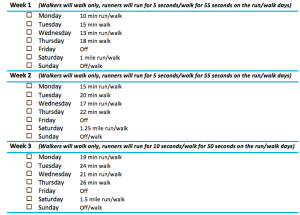
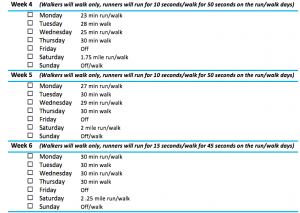
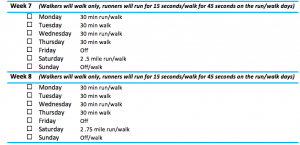



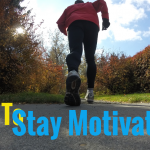




Hi there,
Well done on posting a very informative article on this hobby. I do a little running every Sat, for about 30 mins or so and I look forward to it especially as I approach the weekend.
I did as you suggested and that was to walk the course firstly a few times and gradually started to run parts of the course and finally run the whole track.
There is a great feeling of accomplishment and achievement, when one finishes the run. The health benefits are unreal and these will stand to us later on in life
Cheers and thanks
PB
Phil, thanks for the comment. And I’m with you about gradually building up to running on parts of your course. Good going.
I’m doing Jeff’s program right now and yes, when you finish the run it feels great. But I’ve found that within the workout, when you only run for 5 seconds of every minute those 5 seconds turn very sweet. It’s odd running that little in every minute, but I’m really enjoying it.
And yes, I do hope it helps us out later in life.
See you out there!
Larry
Great post, Larry.
I love the way you approach running for the long term and for beginners. I ran a lot many years ago and now I only walk. I also do many other physical activities, including, hiking.
Having a program is having a plan and part of this plan is to continue your activity and not get injured.
What body part did you injure the most?
When you get fed up with running is it because of injury or boredom?
Looking forward to your answers. Thanks.
Paul
Hey Paul, I agree, having a plan – at least some kind of plan – is a better way to continue what you’re doing and not get injured. Unfortunately I didn’t always have one. I’ve been stopped by my lower back, calves, achilles (for 9 months one time), knees every now and then. But in all my years of running I haven’t yet, knock on wood, been sidelined by boredom. Right now I’m doing the program in the post because I want to reset, get stronger and stay healthy.
And I’m looking forward to getting in some hiking while the weather’s good. Hope you’re doing the same!
Stay healthy and we’ll see you out there Paul.
Thanks for this great article!
I hate running, every time I try I always easily give up because I compare myself with my friends who already used to run.
But after reading this I want to try again, you’re right I have to start slow on my own and listen to my body. This program looks perfect for me.
Good for you Diana. And yes, it’s a good program to get going. So we’ll see you out there! 🙂